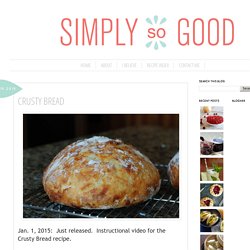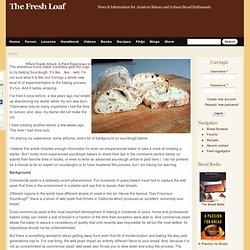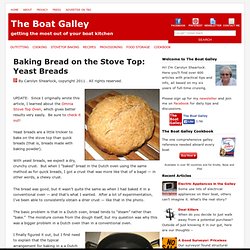

{this is glamorous} : adventures in love, design, fashion, home decor, food and travel: {table for two: homemade french baguettes} . . . absolutely adore baguettes on a sunday morning, but had never considered making them, and while it may be a little too ambitious for me, if you are good in the kitchen, then perhaps . . .

HOMEMADE FRENCH BAGUETTES, makes four 16-inch baguettes {adapted from artisan breads every day, peter reinhart} {ingredients} * 5 1/2 cups unbleached bread flour * 2 tsp salt, or 1 tbsp coarse kosher salt * 2 1/4 tsp instant yeast * 2 cups lukewarm water (about 95 degrees) prep day: combine all ingredients in bowl of mixer, set with paddle attachment, and mix on lowest speed for 1 minute until well blended and smooth. dough should form a coarse, shaggy ball. let rest, uncovered for 5 minutes. switch to dough hook and mix on medium-low speed for 2 minutes. dough should be smooth, supple, and tacky but not sticky. bonne chance! Xo {p.s} recent table for two features: * crab bruschetta * rose martini {second image & recipe from kiss my spatula}
No Knead Bread Baking Method. On this page, you will find both the short and long version videos of a basic no knead bread baking technique.

See these variations of no knead recipe too. Before we get started, I wanted to share an email I received from Leanna who says more for the benefits of the no knead method than I could ever convey. She says… Love This MethodI’ve been baking bread for 40 years and this method has turned my bread baking upside down. Crusty Bread. Jan. 1, 2015: Just released.

Instructional video for the Crusty Bread recipe. Crusty Bread 3 cups unbleached all purpose flour 1 3/4 teaspoons Kosher salt 1/2 teaspoon Instant or Rapid-rise yeast 1 1/2 cups water In a large mixing bowl, whisk together flour, salt and yeast. I must begin by saying where the recipe originated, if in fact it originated anywhere...really. Remember before beginning to create, that this bread is highly forgiving. You do NOT have to have an enamel covered cast iron pot. You DO NOT need to oil the pot. In a large mixing bowl add 3 cups white unbleached flour. To the flour add 1 3/4 teaspoon salt (I use kosher I like it) and 1/2 teaspoon rapid rise or instant yeast. Whisk the flour, salt and yeast together. Add 1 1/2 cups water. Mix in the water. That's it! Cover the bowl with plastic wrap and let it set for 12 - 18 hours on the counter top. After 12 hours the dough will look like this. When Yeasts Attack: A First Experience with Naturally Leavened Bread.
The ambitious home baker inevitably gets the urge to try baking Sourdough.

It's like... like... well, I'm not sure what it is like, but it brings a whole new level of of experimentation to the baking process. It's fun. And it tastes amazing. I've tried it once before, a few years ago, but ended up abandoning my starter when my son was born. There were only so many organisms I had the time to nurture, and, alas, my starter did not make the cut. I tried creating another starter a few weeks ago. I'm sharing my experience, some pictures, and a bit of background on sourdough below.
I believe this article includes enough information for even an inexperienced baker to take a crack at creating a starter. Background Commercial yeast is a relatively recent phenomenon. Different regions in the world have different strains of yeast in the air. But there is something wonderful about getting away from even that bit of modernization and baking the way past generations had to. The Basic Process. Baking Bread on the Stove Top: Yeast Breads. .

All rights reserved. UPDATE: Since I originally wrote this article, I learned about the Omnia Stove Top Oven, which gives better results very easily. Be sure to check it out! Yeast breads are a little trickier to bake on the stove top than quick breads (that is, breads made with baking powder). With yeast breads, we expect a dry, crunchy crust. The bread was good, but it wasn’t quite the same as when I had baked it in a conventional oven — and that’s what I wanted. The basic problem is that in a Dutch oven, bread tends to “steam” rather than “bake.” I finally figured it out, but I first need to explain that the typical arrangement for baking in a a Dutch oven, as I described in how to bake quick breads on the stove top, is to put something — a tuna can, a trivet or, as a reader suggested yesterday, the saucer from a clay flower pot — on the bottom of the Dutch oven, and place the baking pan on top of that.
The solution was four-fold: Equipment: